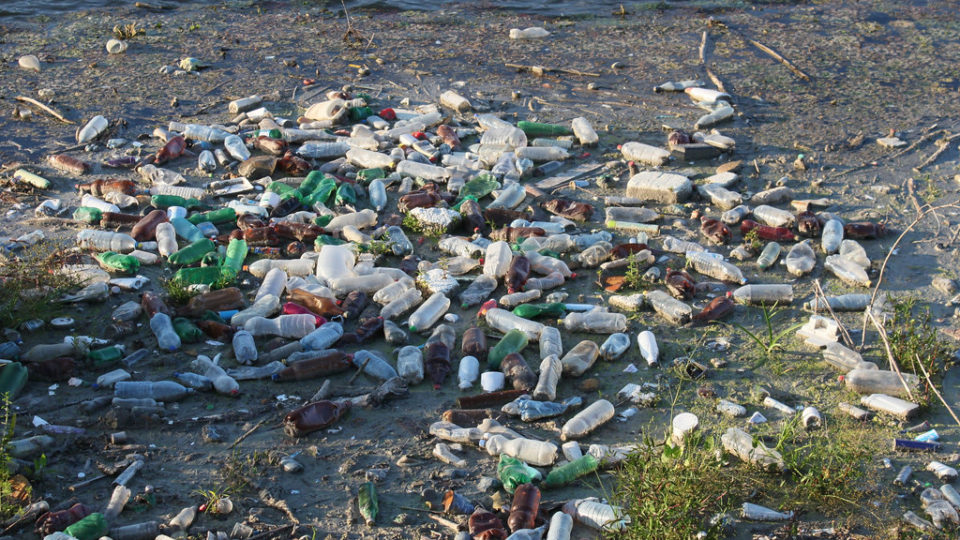Every year, 380 million tons of plastic are created worldwide, and that number continues to grow. Furthermore, more than 75% of these materials are discarded after one use. Much of it ends up in oceans and waterways, harming wildlife and spreading toxins.
Recycling most plastics is difficult because while they can be melted and reprocessed, the resultant material is not as structurally strong as the original material. Thus, plastics are often down-cycled such as turning plastic bottles into molded park benches.
Researchers at Northwestern University, Argonne National Laboratory, and Ames Laboratory have developed a new method for upcycling abundant, seemingly low-value plastics into high-quality liquid products, such as motor oils, lubricants, detergents, and even cosmetics. The catalytic method could remove plastic pollution from the environment and contribute to a circular economy.
Plastics don’t degrade when disposed of because they have very strong carbon-carbon bonds. Instead they just break into smaller bits, known as microplastics. The researchers viewed these strong bonds as an opportunity rather than a problem.
The new technique actually recoups the high energy that holds these bonds together by catalytically converting polyethylene molecules into value-added commercial products. The catalyst consists of platinum nanoparticles deposited onto perovskite nanocubes. Under moderate pressure and temperature, the catalyst cleaves the carbon-carbon bonds in plastic to produce high-quality liquid hydrocarbons.
The researchers believe these findings could lead to a future in which we can continue to benefit from plastic materials but do so in a way that is sustainable and less harmful to the environment.
**********
Web Links
Turning plastic trash into treasure
Photo, posted August 15, 2012, courtesy of Emilian Robert Vicol via Flickr.
Earth Wise is a production of WAMC Northeast Public Radio.

